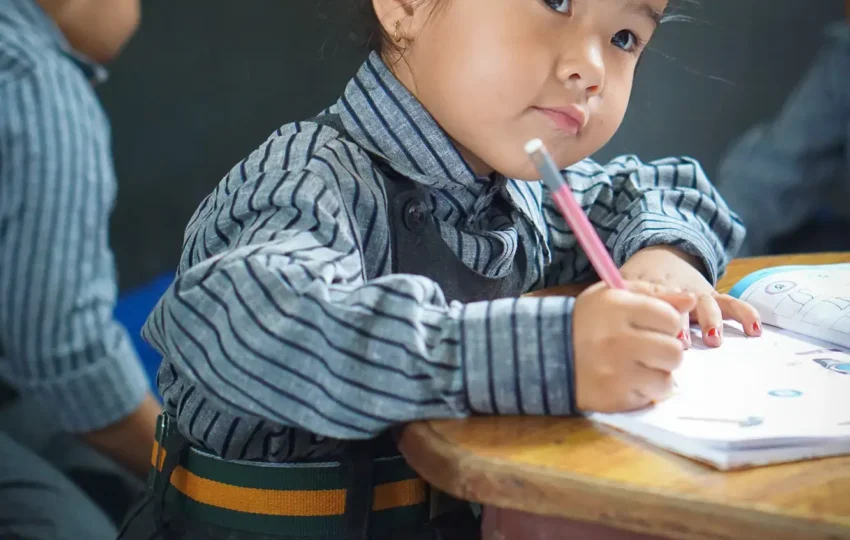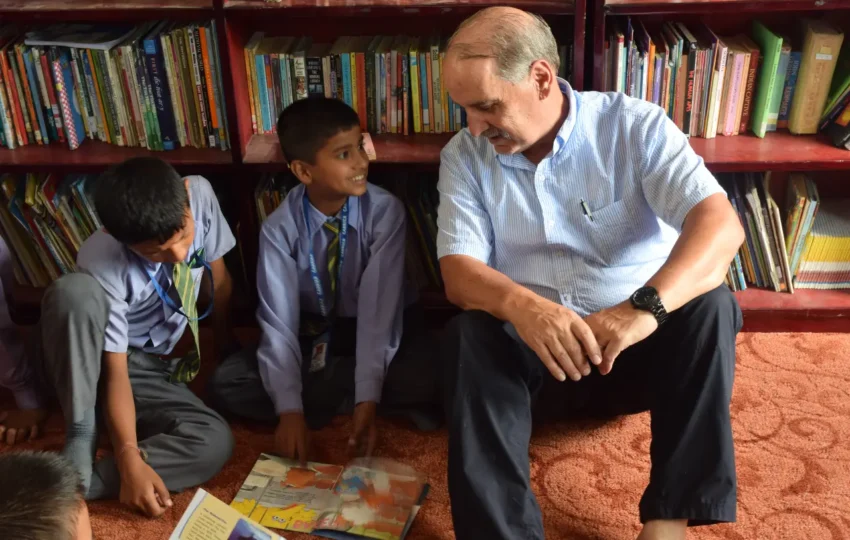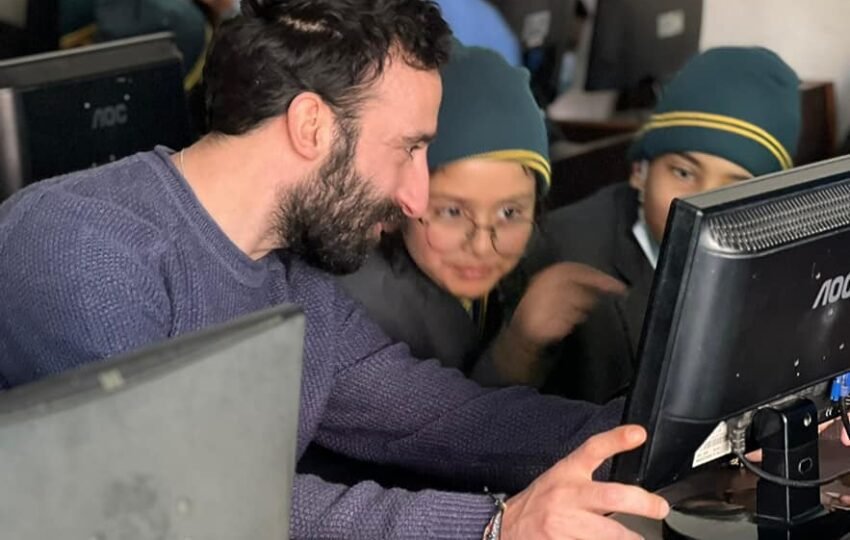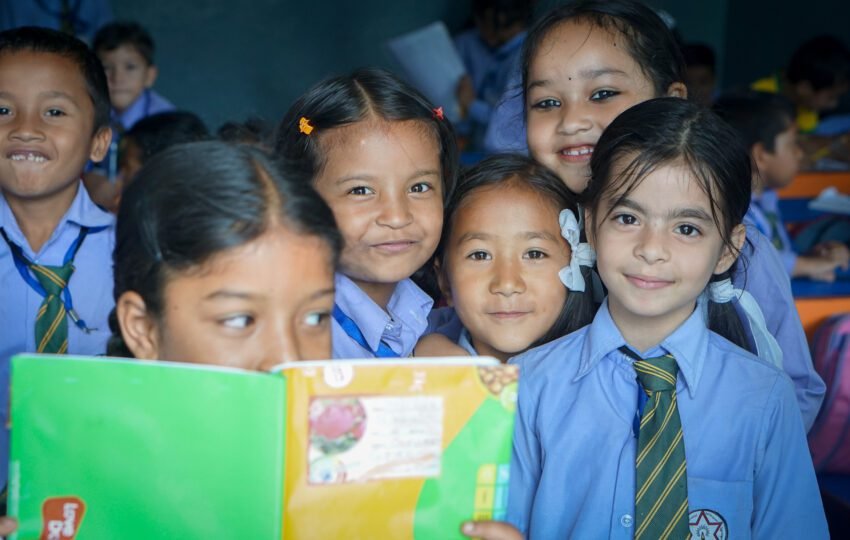Teaching in schools in Nepal often lacks the appropriate funding and resources to teach children adequately. As English is an international language, it is becoming more and more of the required skill for job placement, educational advancement, and future success. Nepali teachers frequently only have a basic understanding of English themselves, but they teach many classes in English. Therefore, there is limited opportunity for Nepali students to expand their knowledge and use of the English language without direct contact with a teacher fluent in English. In the teaching in-school program, volunteers participate in teaching activities in Nepali schools by delivering conversational English and reading classes to Nepali children. To teach English at a Nepali school, you don’t need to have formal teaching qualifications. You will need a good command of written and spoken English, plenty of enthusiasm, creativity, and a lot of patience.
The first few days of volunteering are spent observing the Nepali teachers or other overseas volunteer teachers’ classes. After observing a few classes, volunteers will start supporting the local teachers and taking part in some classes. Later, when the volunteers feel comfortable, they can start teaching classes of their own.
Volunteers who are professionally certified teachers or have previous teaching experience and TEFL certification may train the local teacher, as most Nepali teachers lack training and experience.
Children are approximately between five and 16 years of age, and volunteers will teach for three to four hours per day. Schools are open six days a week, with Saturday being the day off. Class sizes range from ten to fifty students. Schools in Nepal often lack the appropriate funding and resources to teach the children adequately. Nepali teachers, who only possess basic teaching abilities, teach many classes in English.






